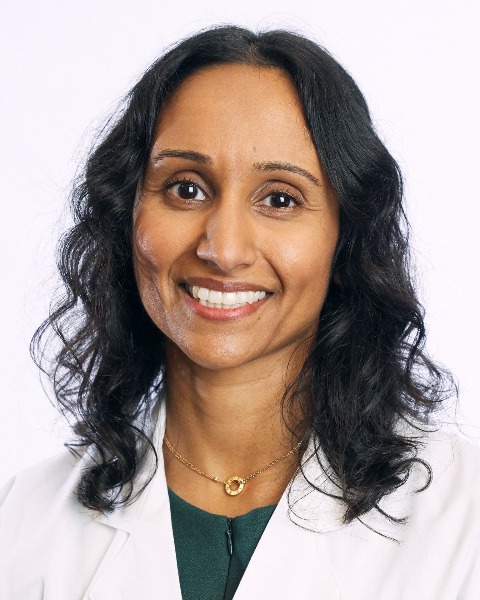Diabetes
Poster Session 2
(412) Flow mediated dilatation of brachial artery to evaluate endothelial dysfunction in gestational diabetes mellitus.

Seema Chopra, MBBS, MD (she/her/hers)
Professor
Post Graduate Institute of Medical Education & Research
Chandigarh, India- PS
Purnima Singh, MBBS, MD
Post Graduate Institute of Medical Education & Research
Chandigarh, Chandigarh, India 
Vanita D. Jain, MBBS, MD (she/her/hers)
Attending Physician
Post Graduate Institute of Medical Education & Research
Chandigarh, Chandigarh, India- AB
Ajay Bahl, MBBS, MD
Post Graduate Institute of Medical Education & Research
Chandigarh, Chandigarh, India
Primary & Presenting Author(s)
Coauthor(s)
Study Design:
Prospective case control study conducted in OBG department PGIMER, Chandigarh, India. We included 40 women with GDM, and 40 normoglycemic age and parity matched women. FMD was measured in brachial artery in antecubital fossa with clear anterior and posterior intimal interfaces between the lumen and vessel wall as continuous 2-D gray scale imaging at a frequency 10 MHz (figure 1) .Baseline vessel diameter (D1), and after flow stimulus by inflation of sphygmomanometer cuff for five minutes above the systolic blood pressure and subsequent release of pressure (D2) were measured. FMD(%)was expressed as (D2-D1/D1) x 100. Continuous variables were analyzed using Student’s T test and categorical data were analyzed using Chi square test.
Results:
Difference in mean FMD (15.93±11.21%) in GDM group and 18.10±7.62% in normoglycemic group was not significant (p = 0.32), it was statistically significant( p = 0.01)when compared with GDM sub group on MNT(medical nutritional therapy) and insulin( FMD 10.56 ± 11.2%). Within GDM group itself, mean FMD showed a trend towards significance( p = 0.056)in women with fasting blood sugar < 126 mg% versus FBS >126mg%.It was statistically significant( p= 0.042) between MNT plus insulin compared to MNT alone. Gestation at and mode of delivery, perinatal outcome were comparable in cases and controls. 6/40 (2.25%) GDM women had persistent hyperglycemia at 6 weeks post partum.
Conclusion:
We conclude that women with GDM who require MNT and insulin have endothelial dysfunction. This can be explored further as cause of concurrent hypertension in GDM and cardiovascular morbidity in later life.


